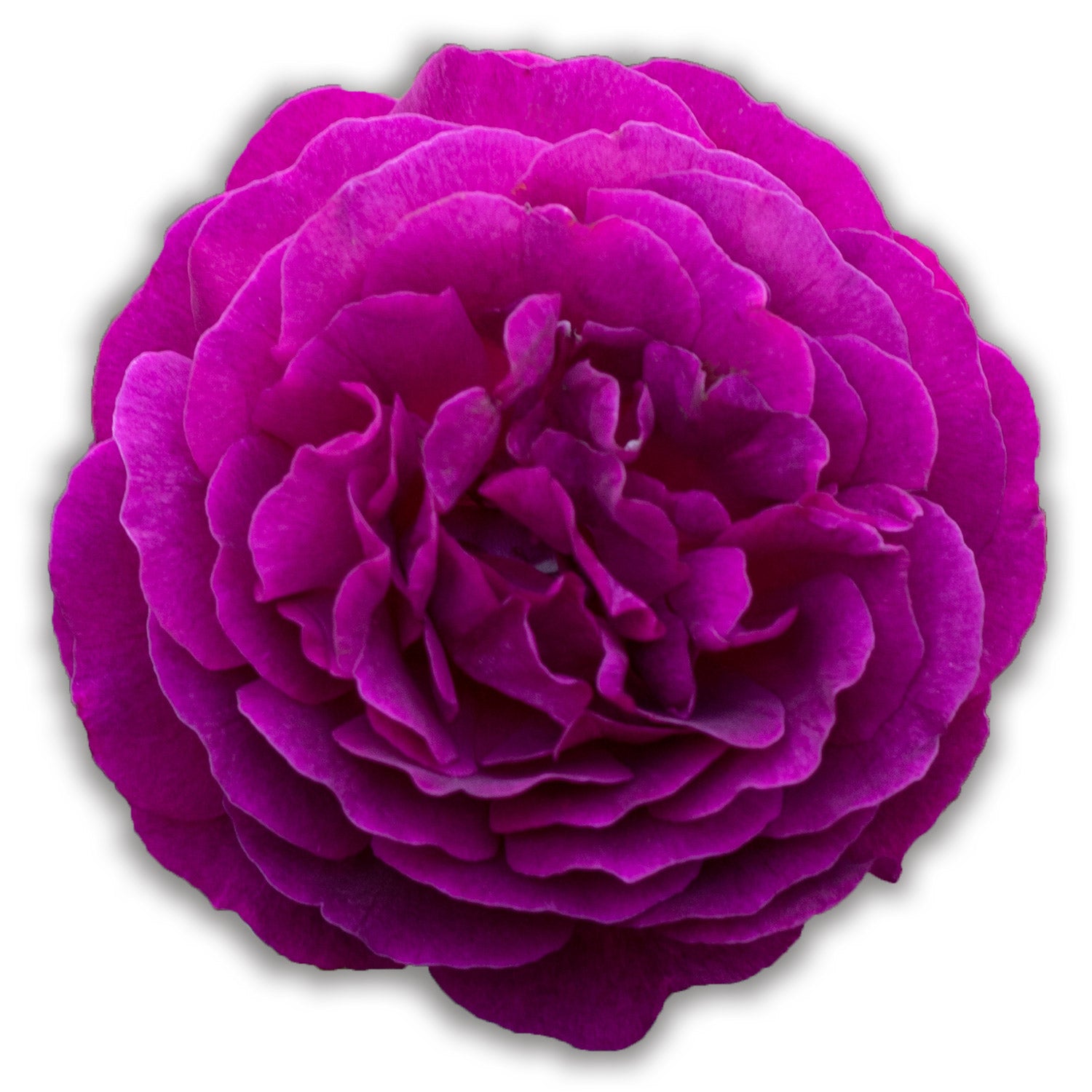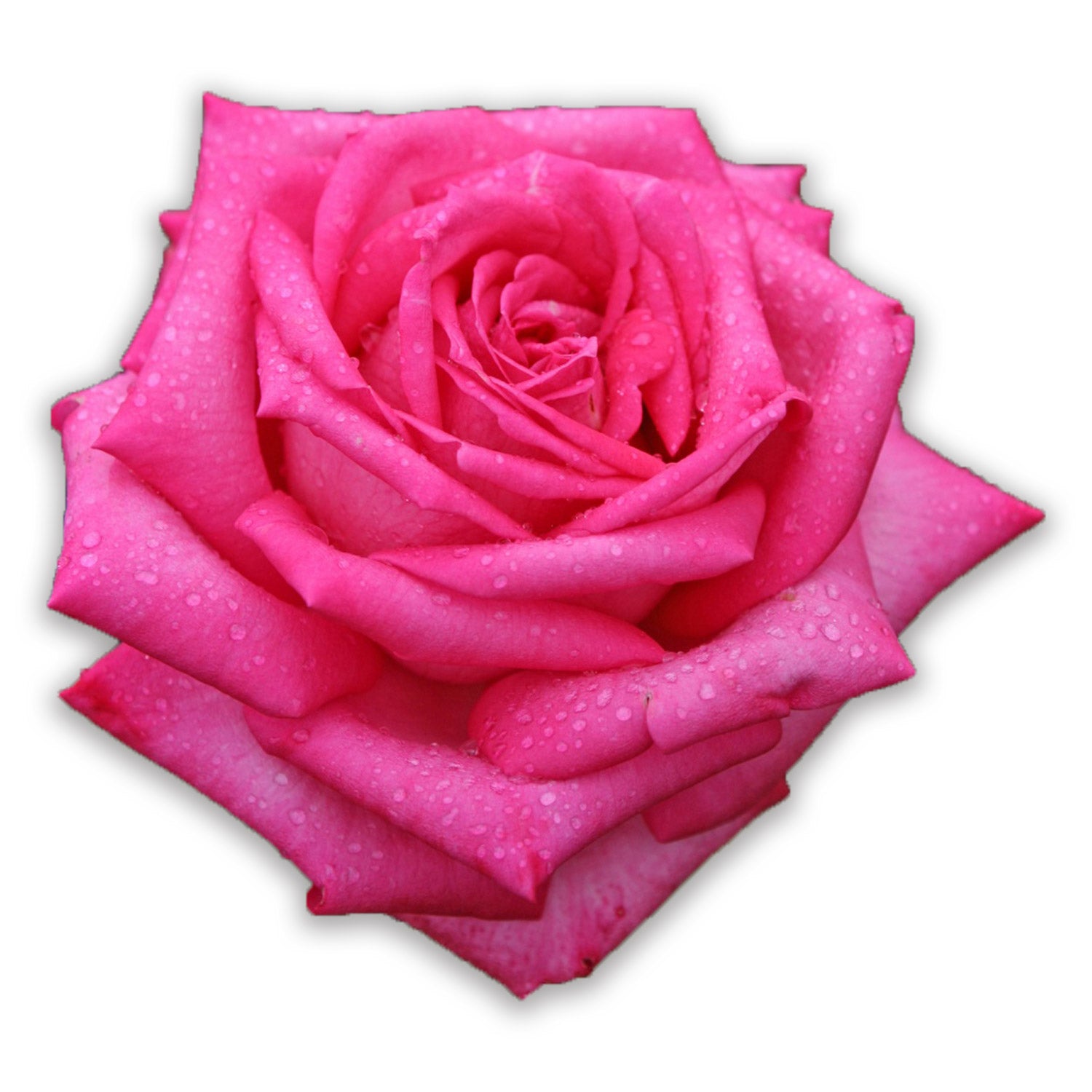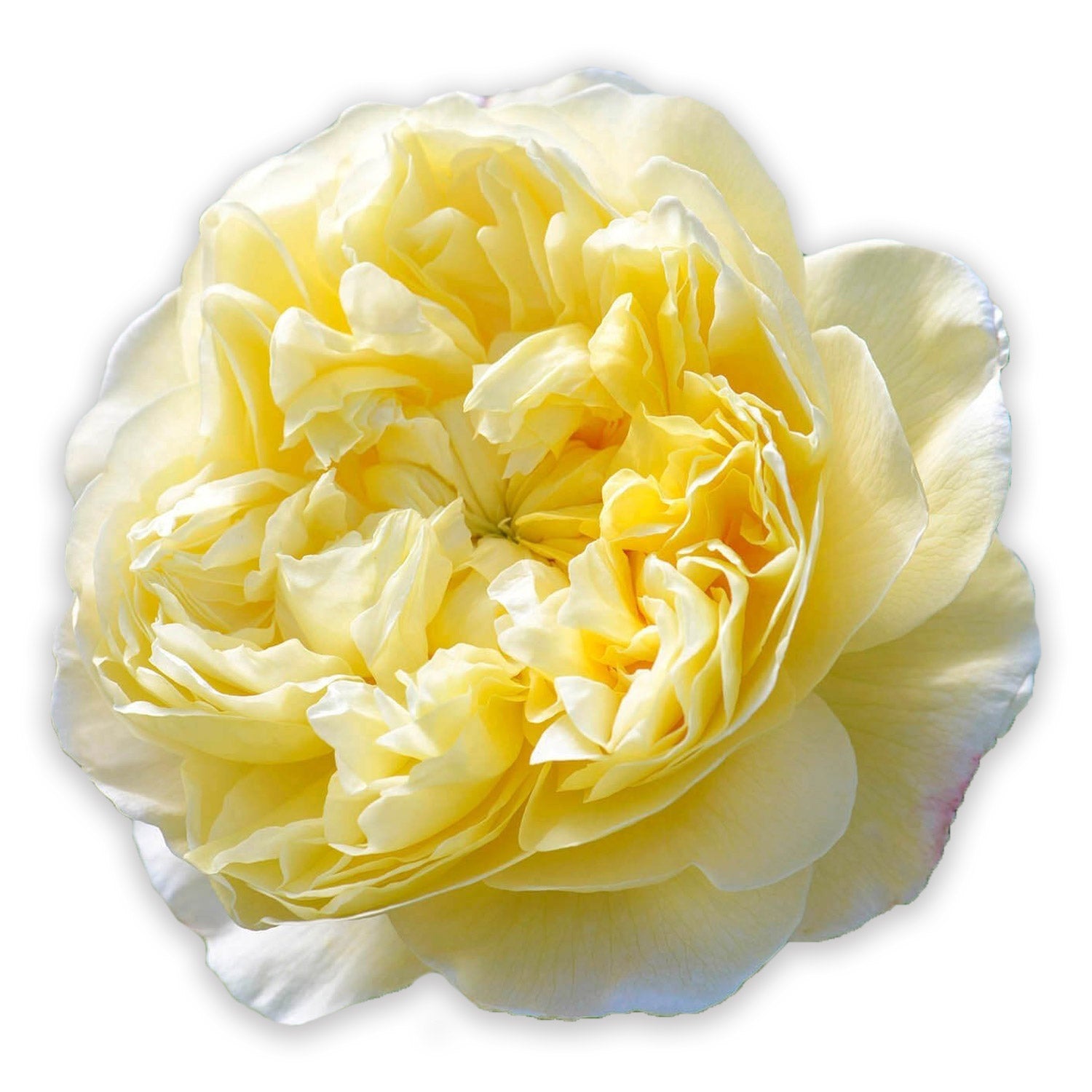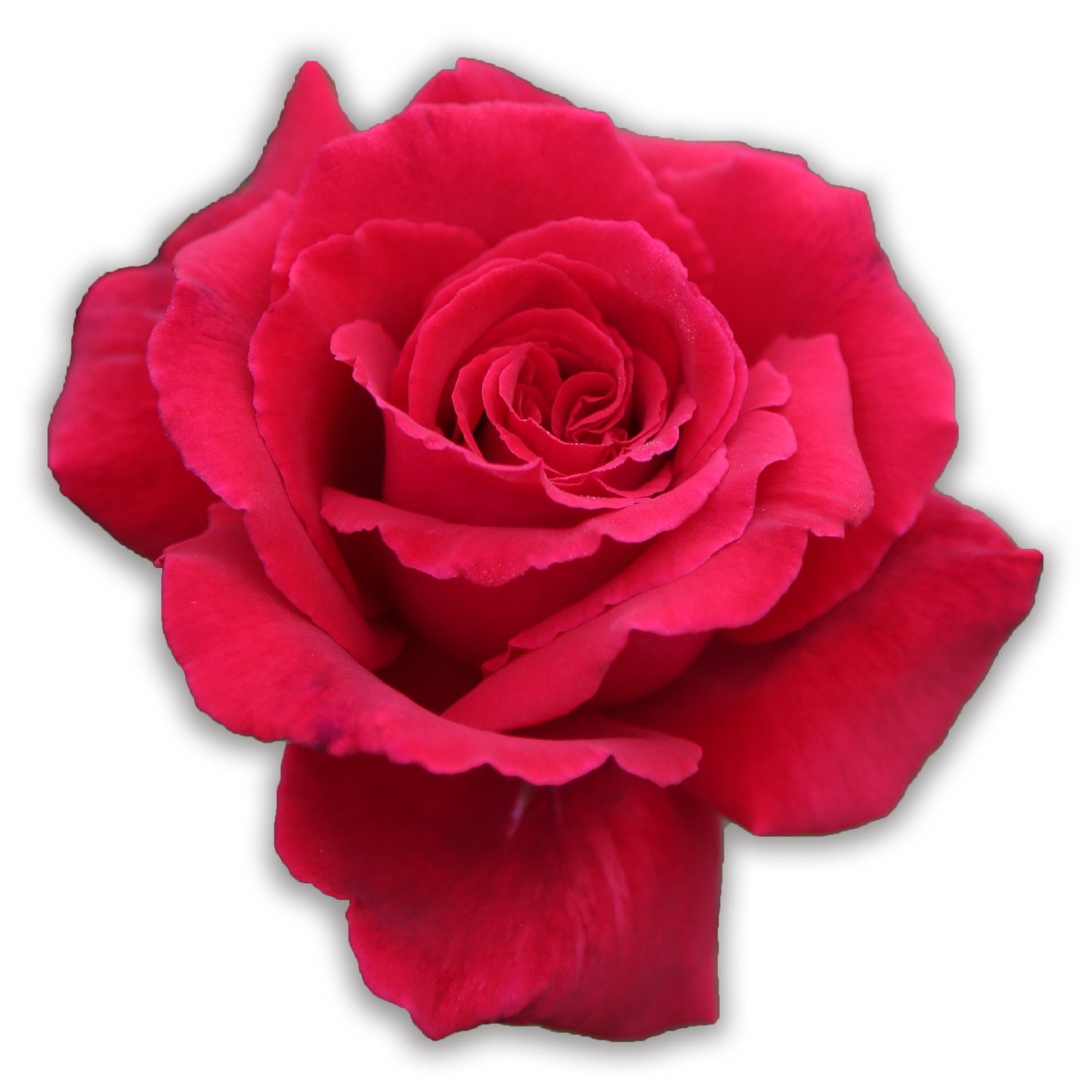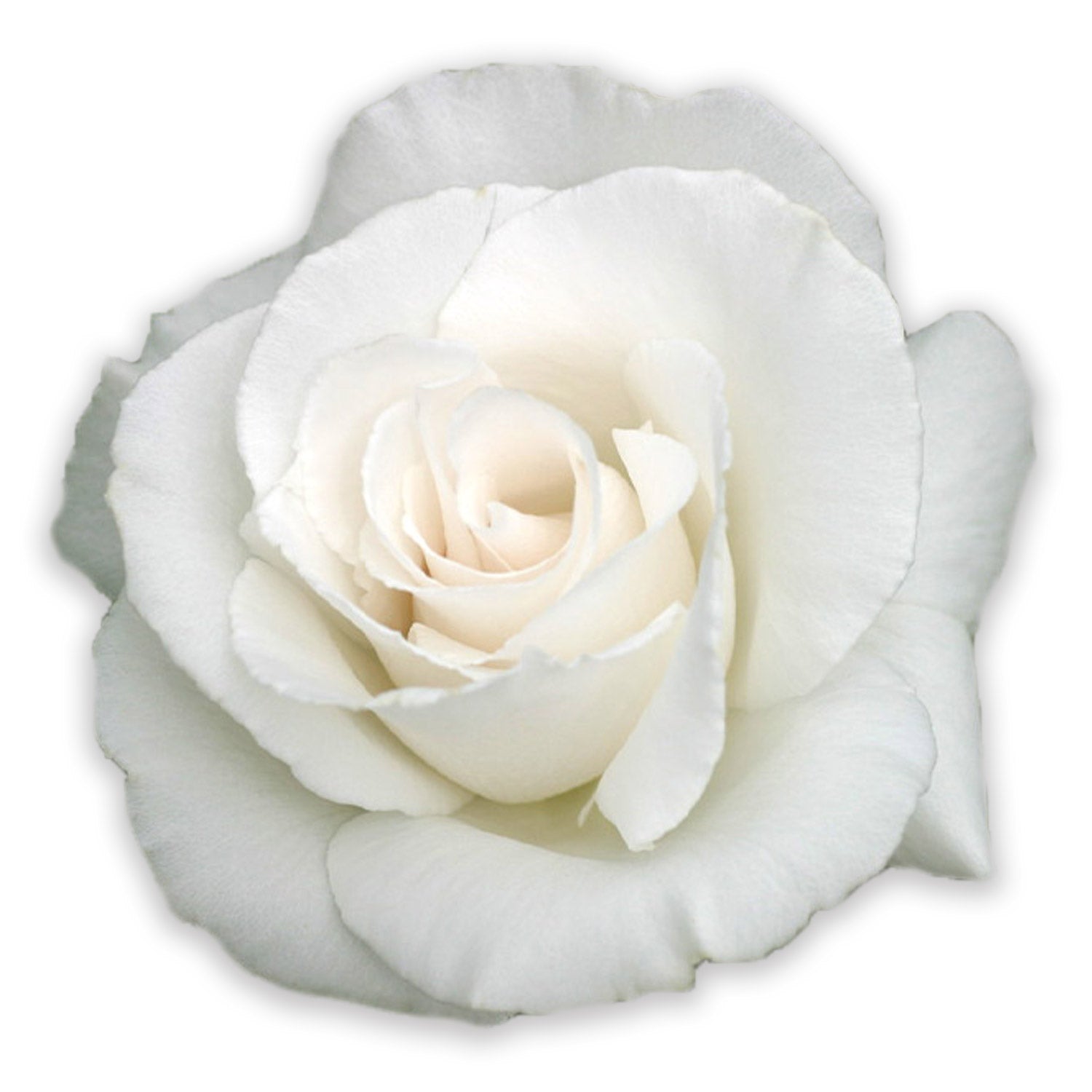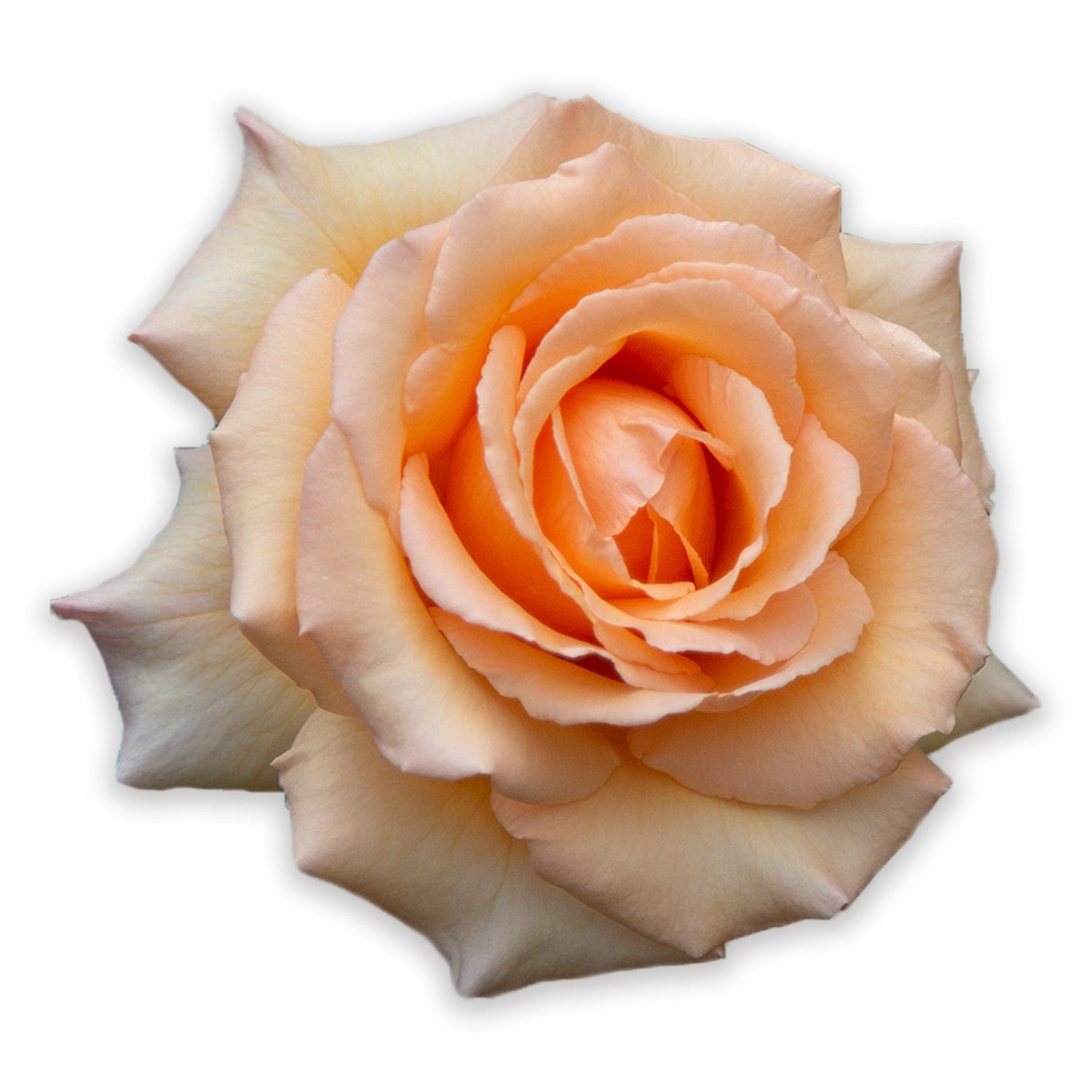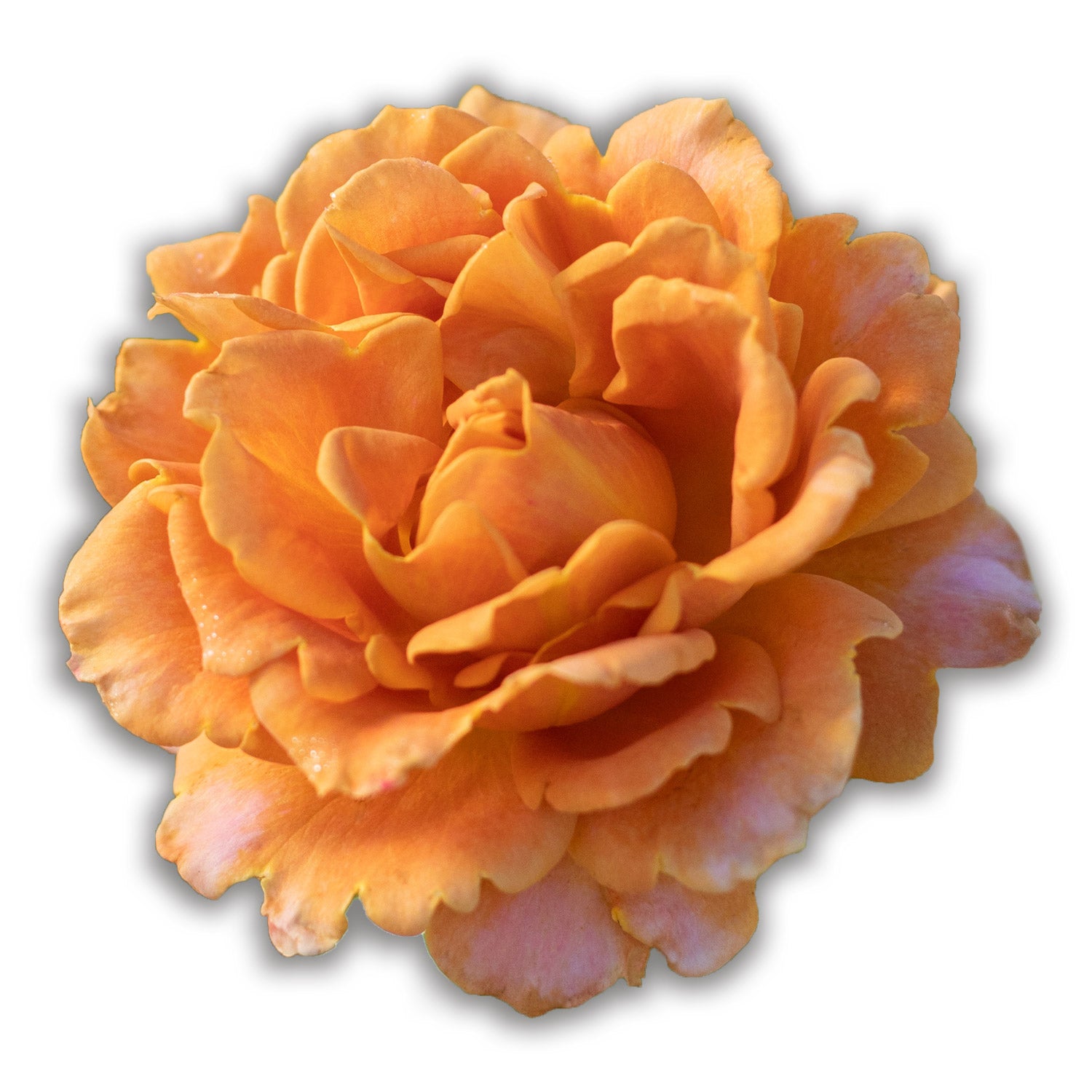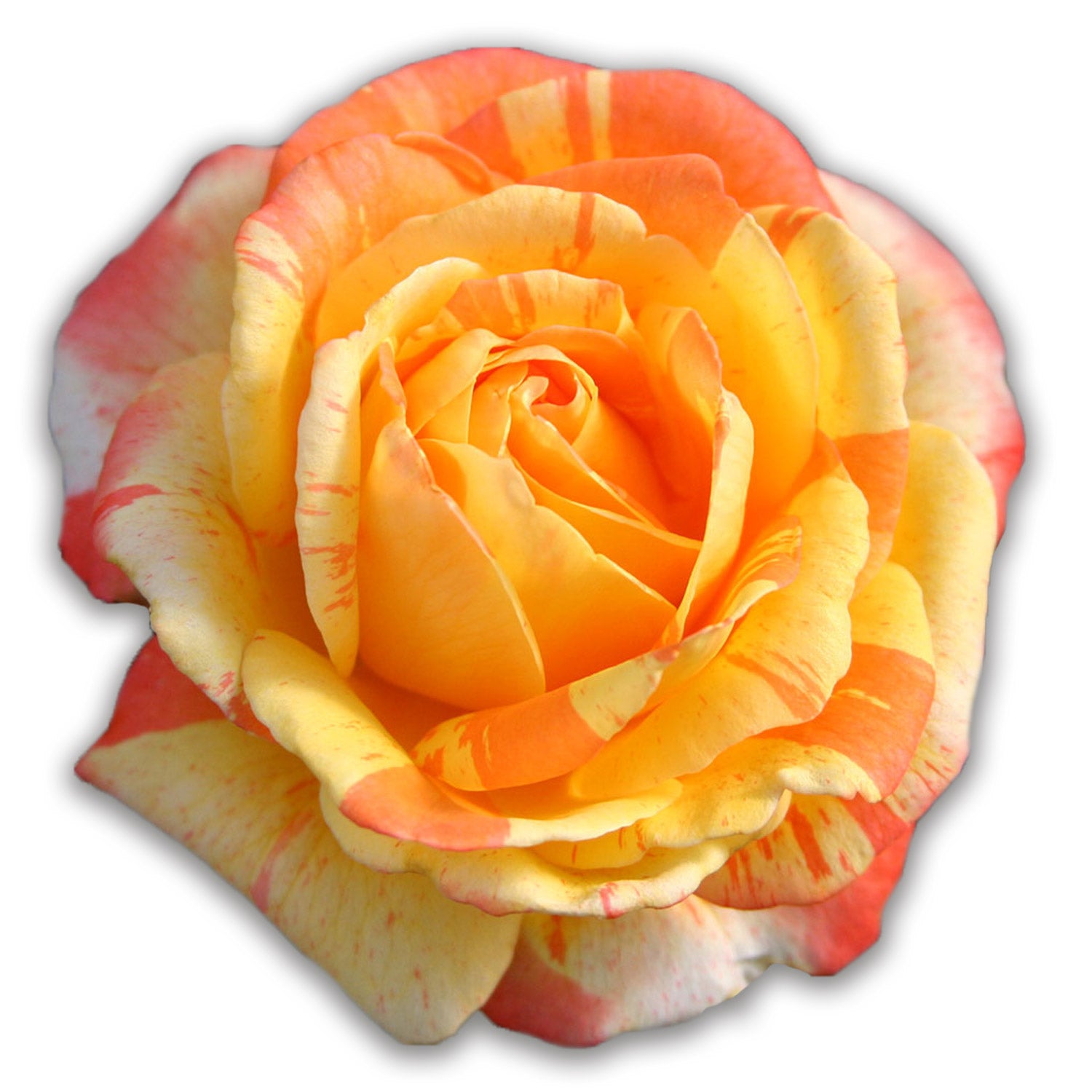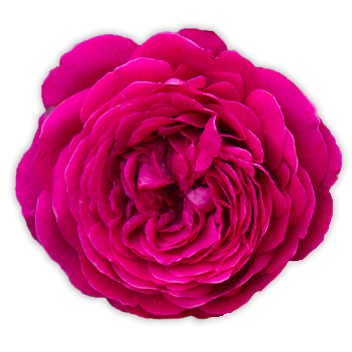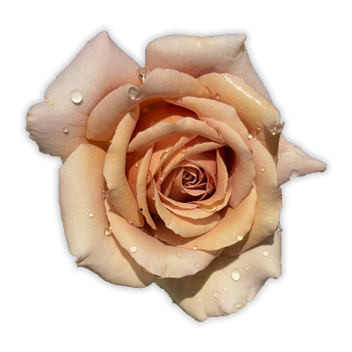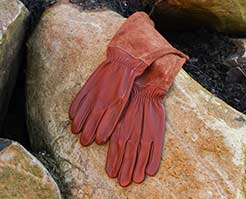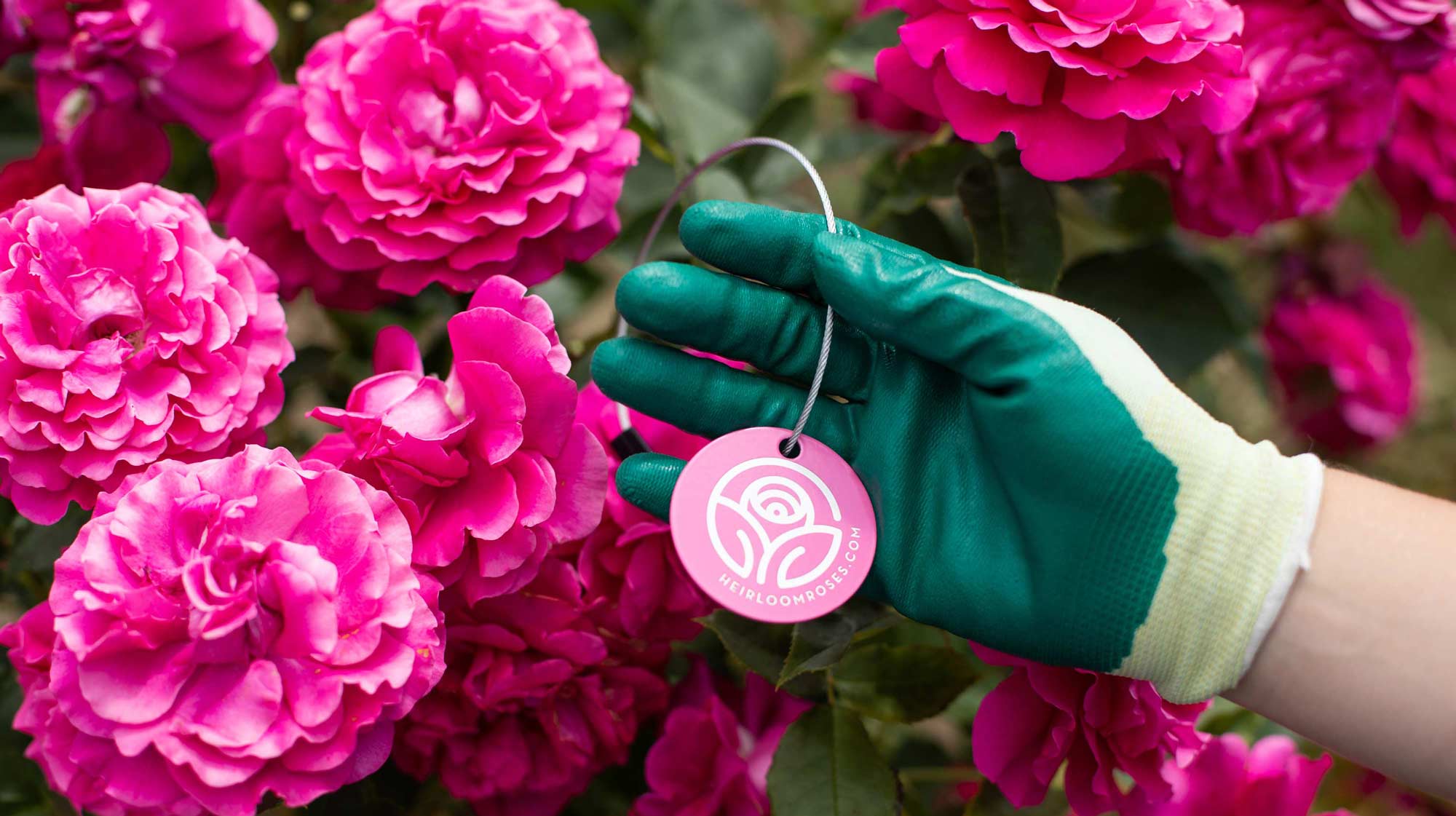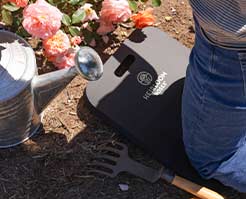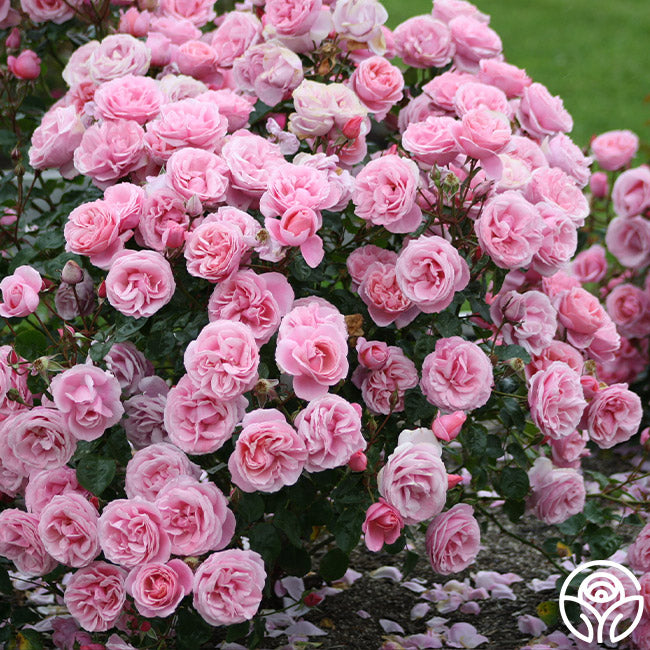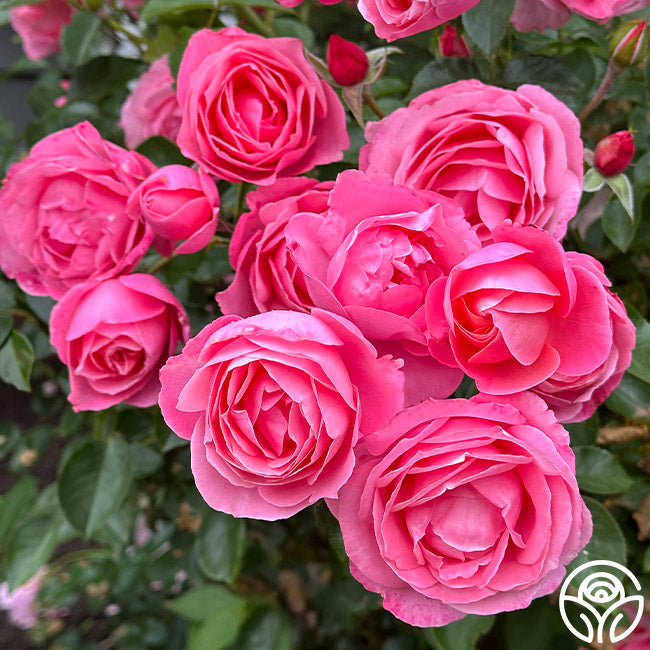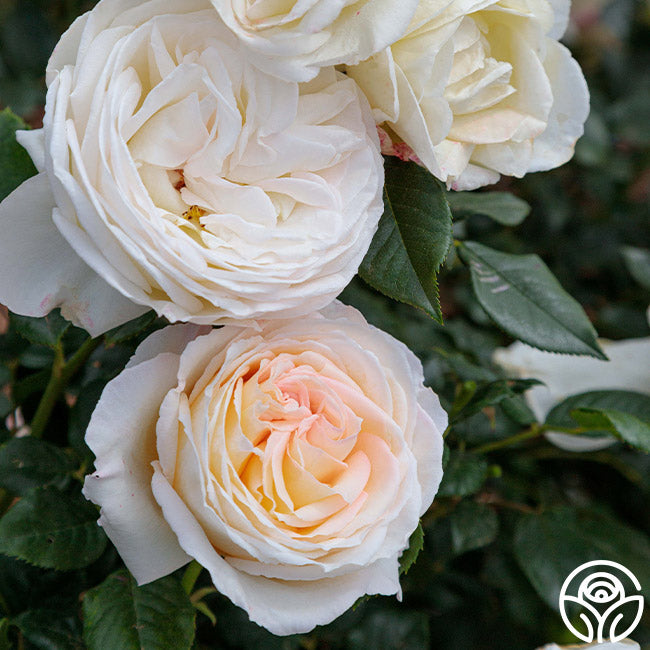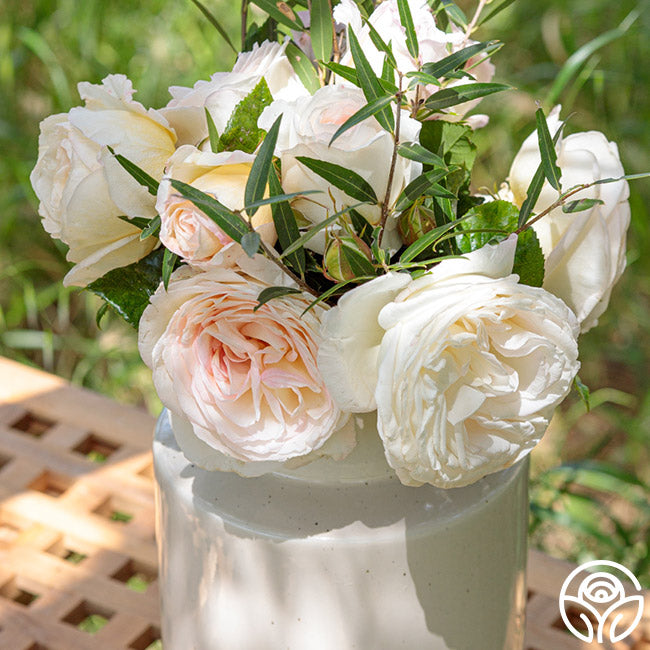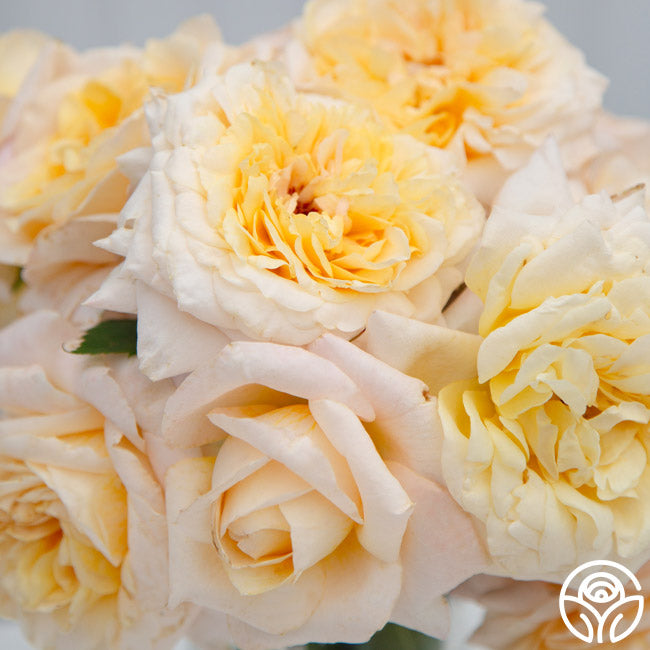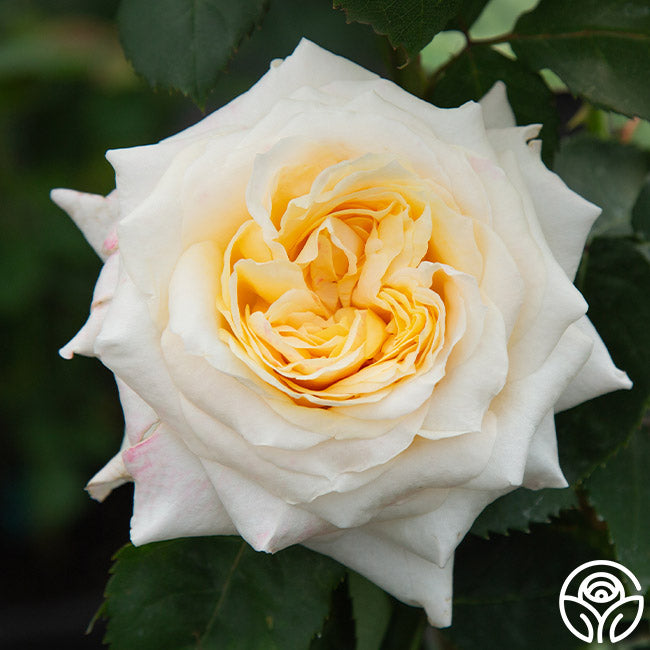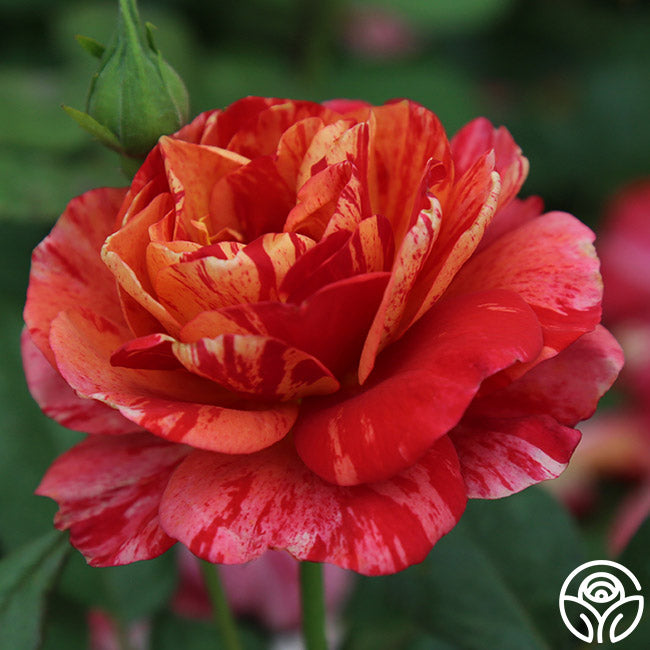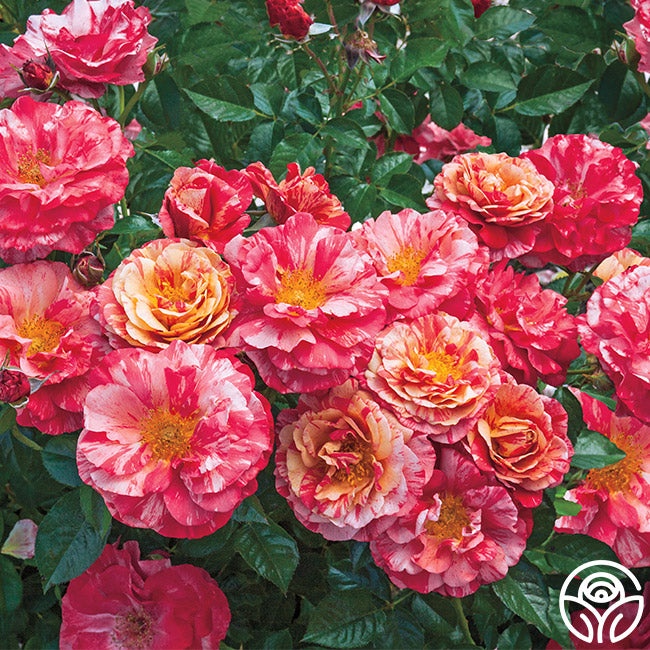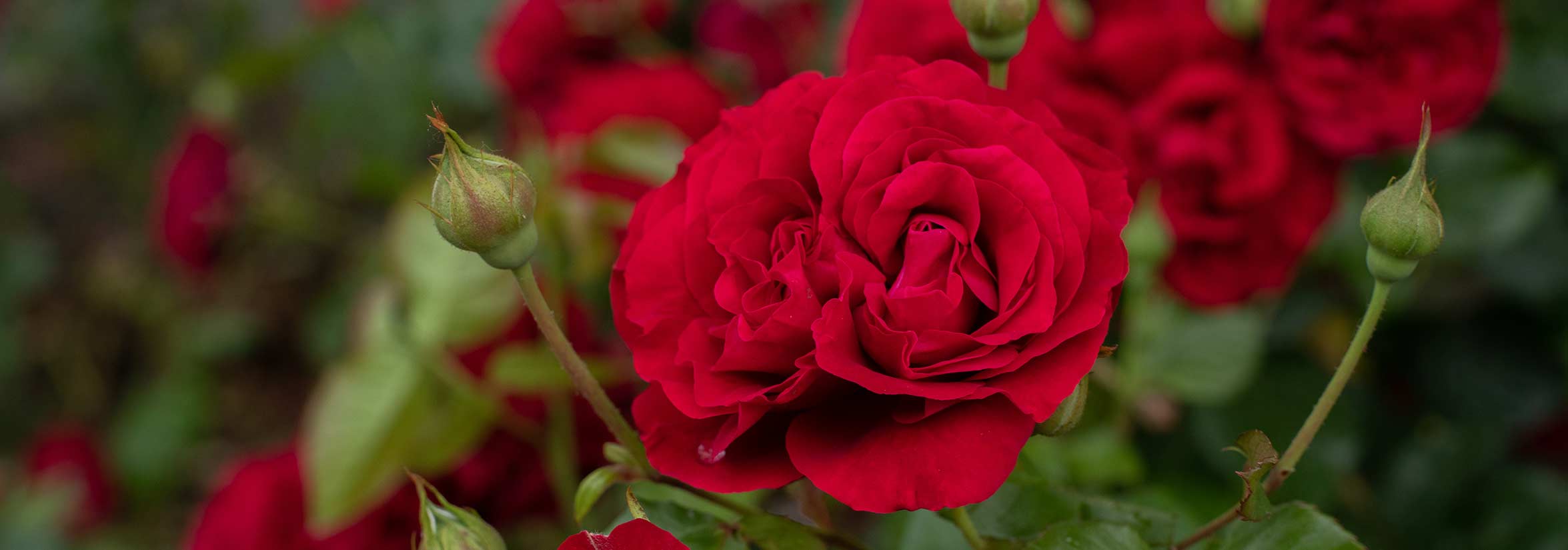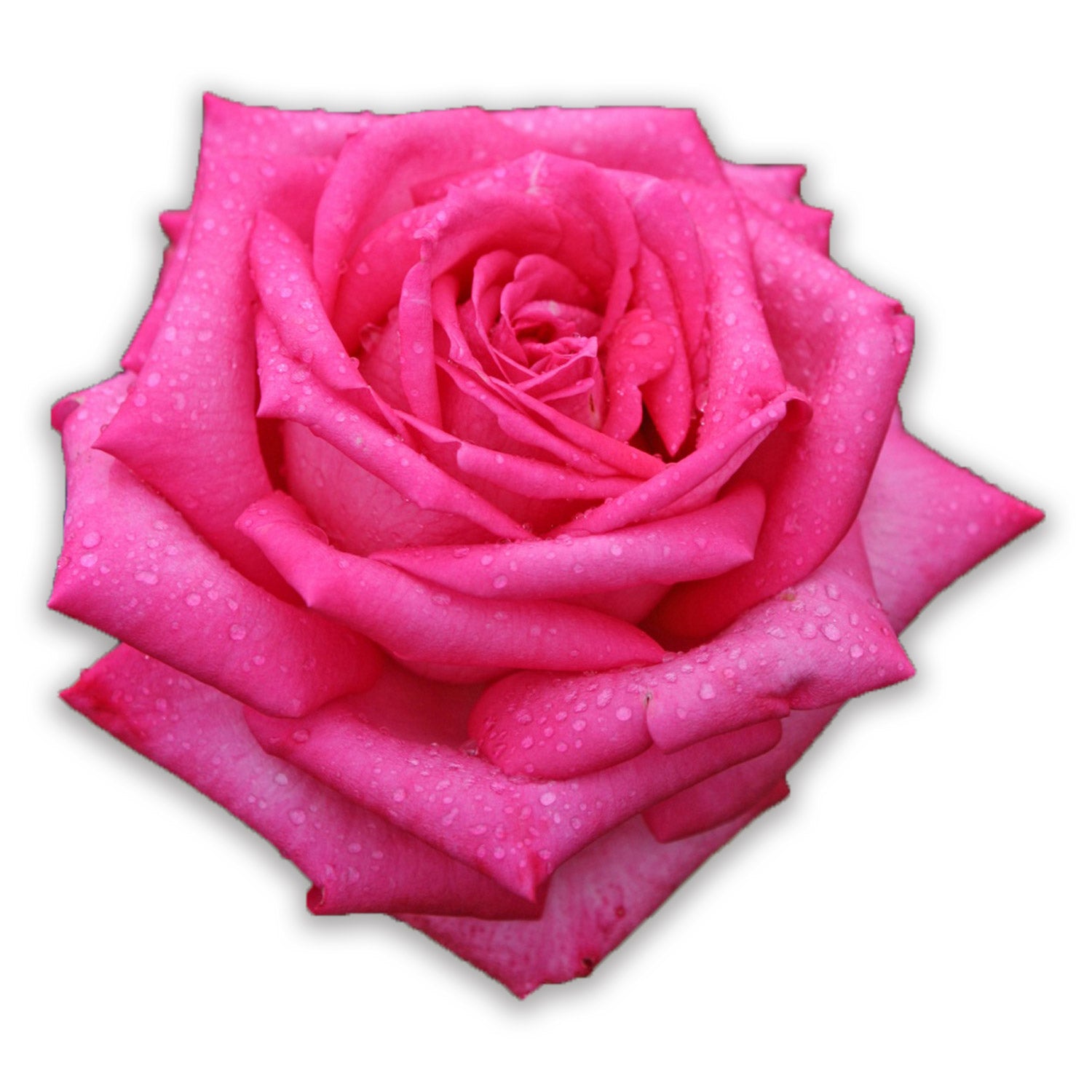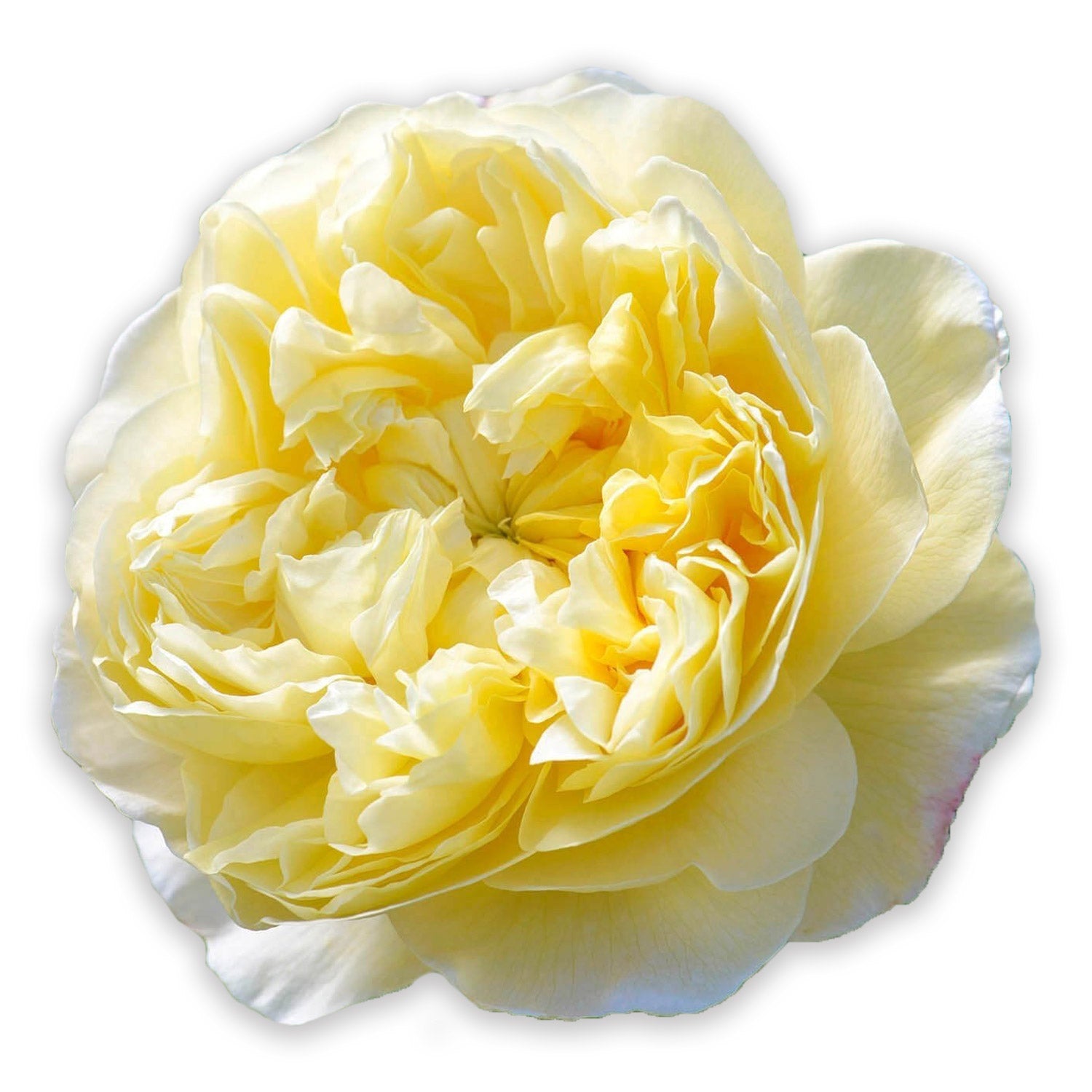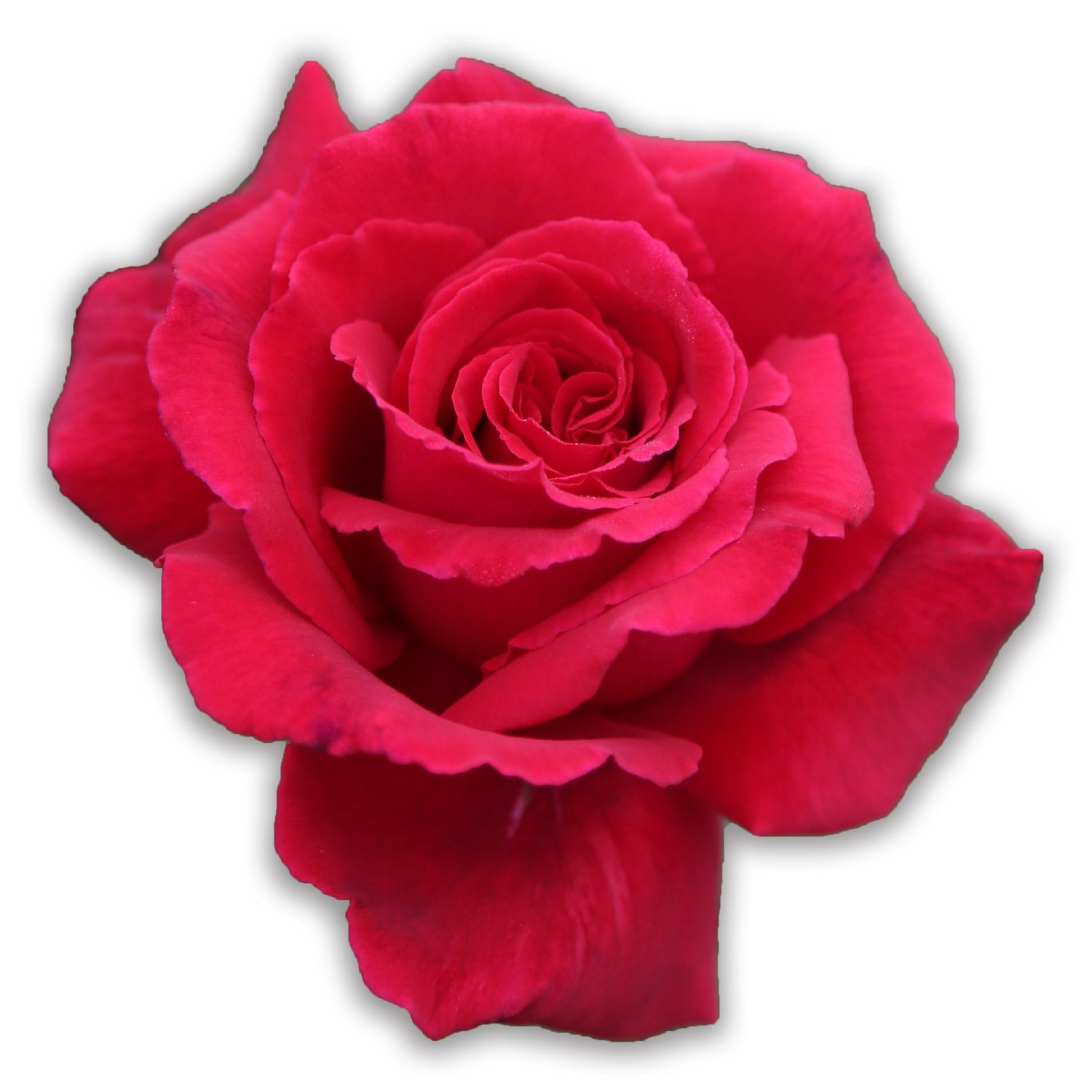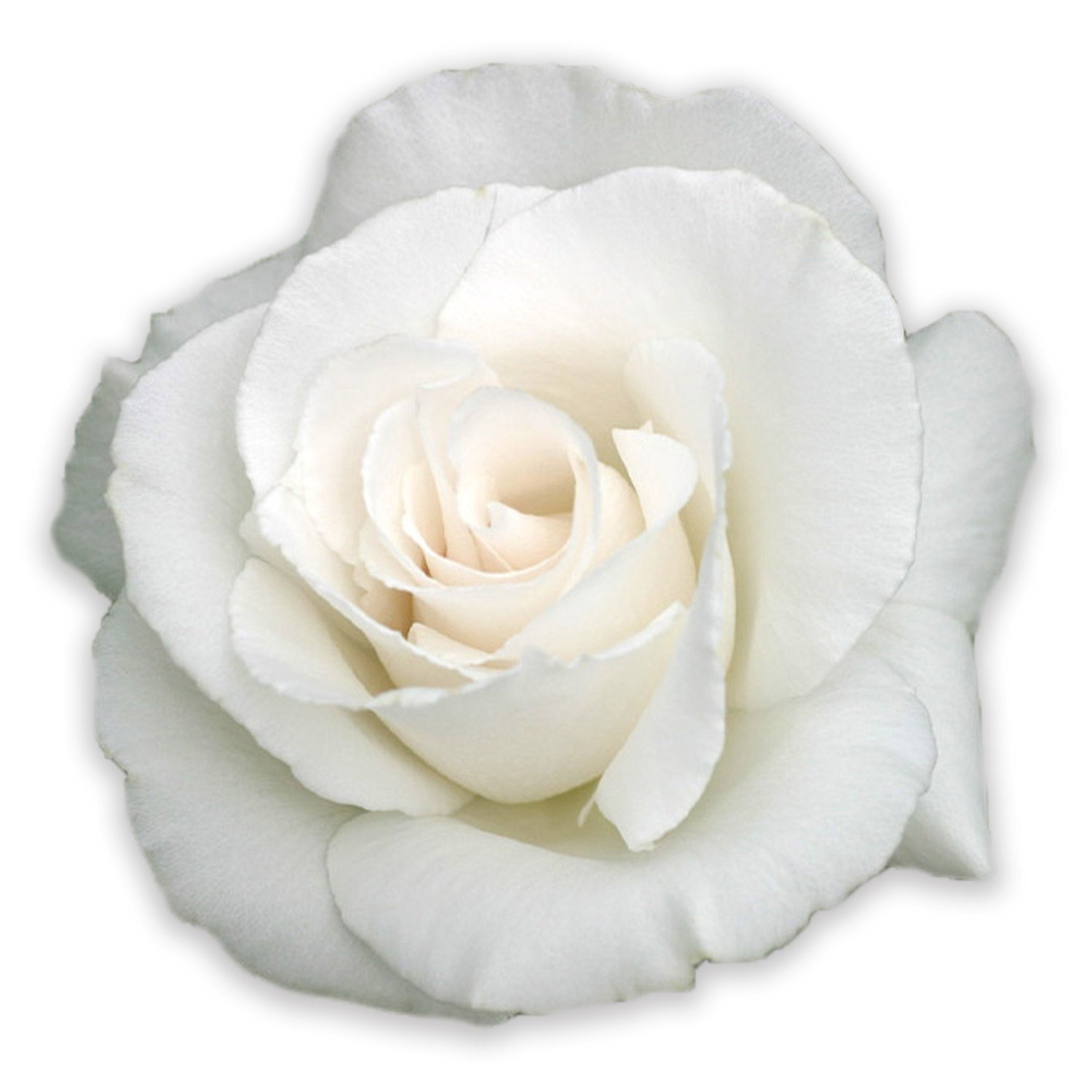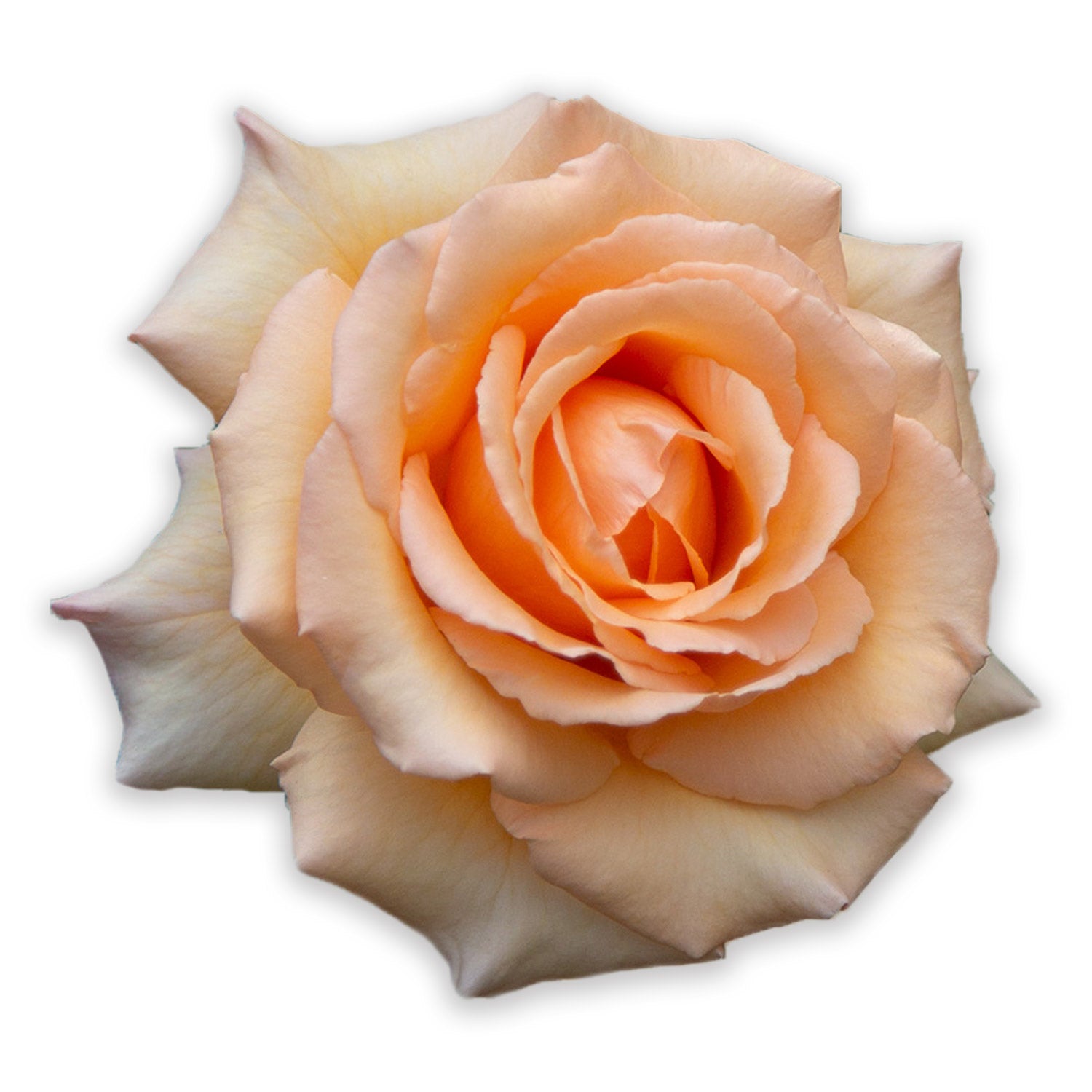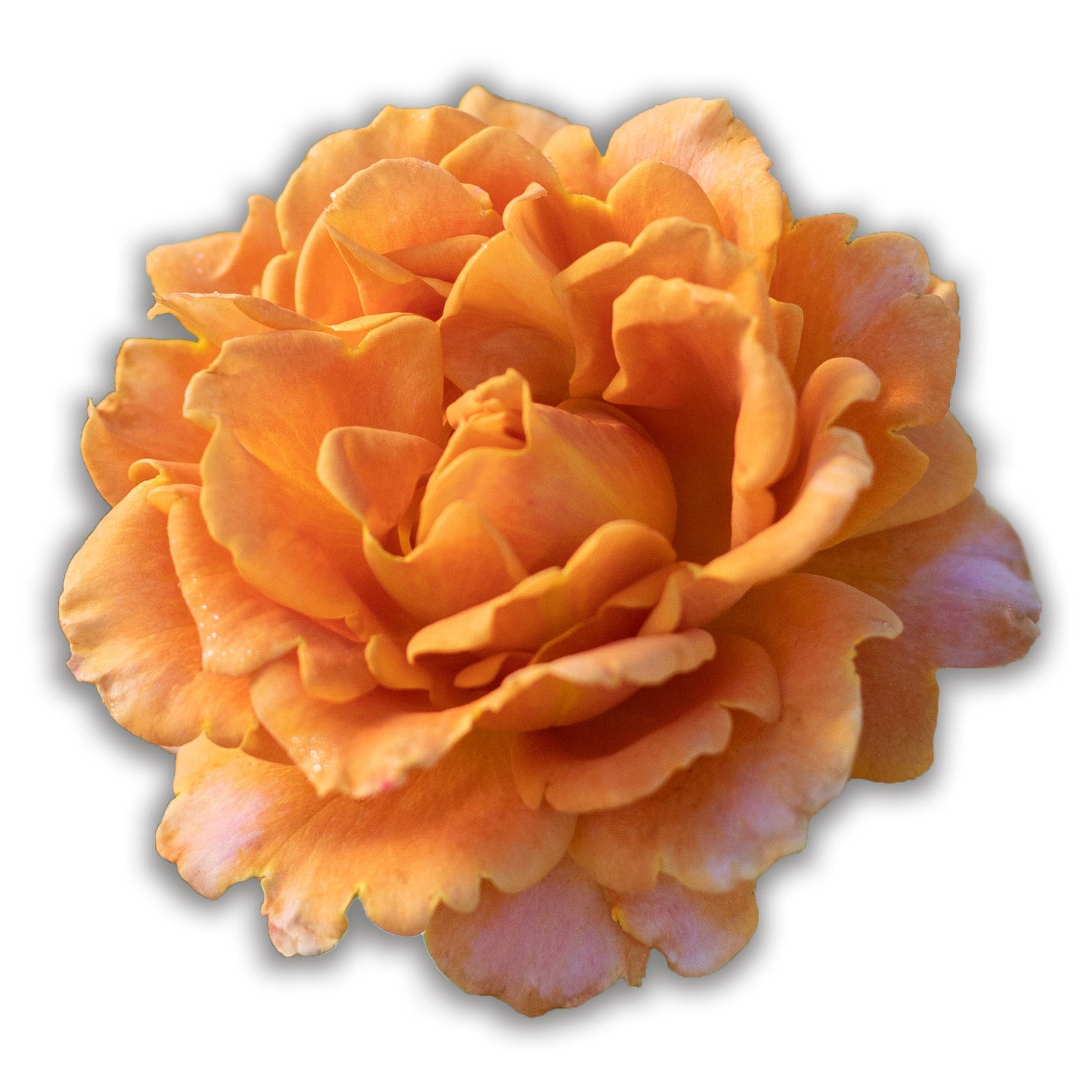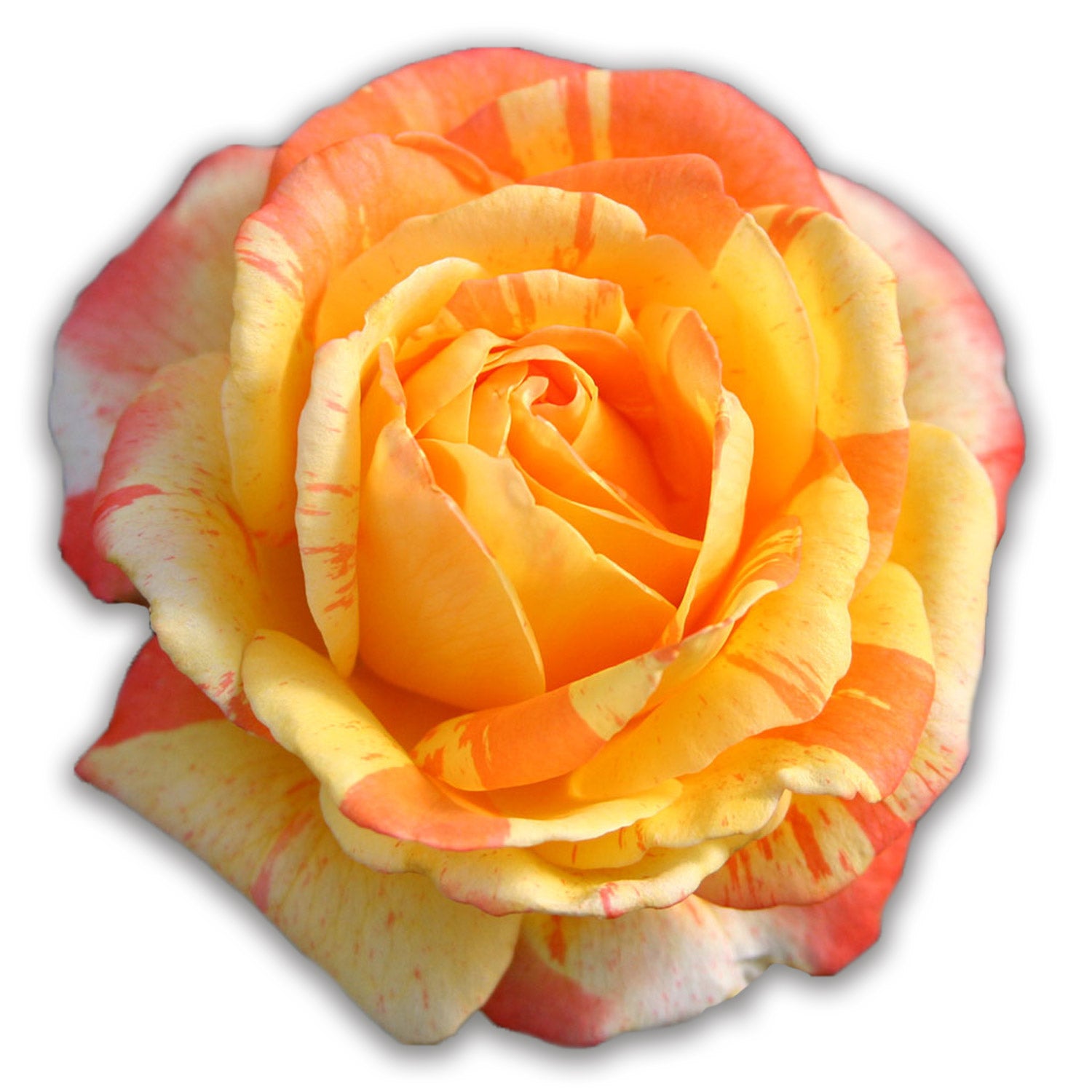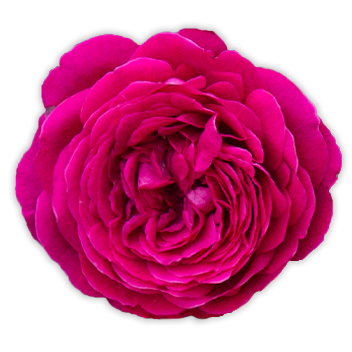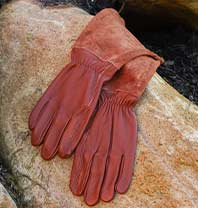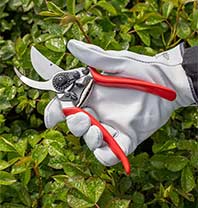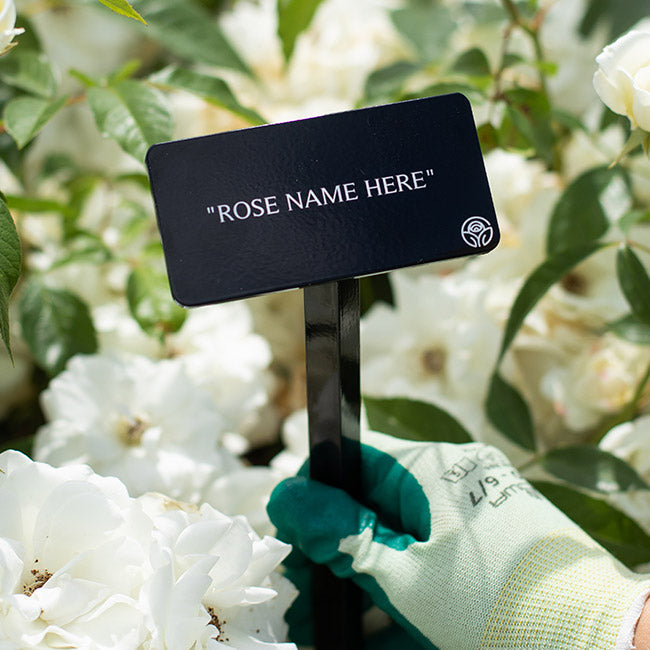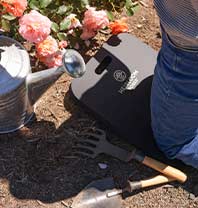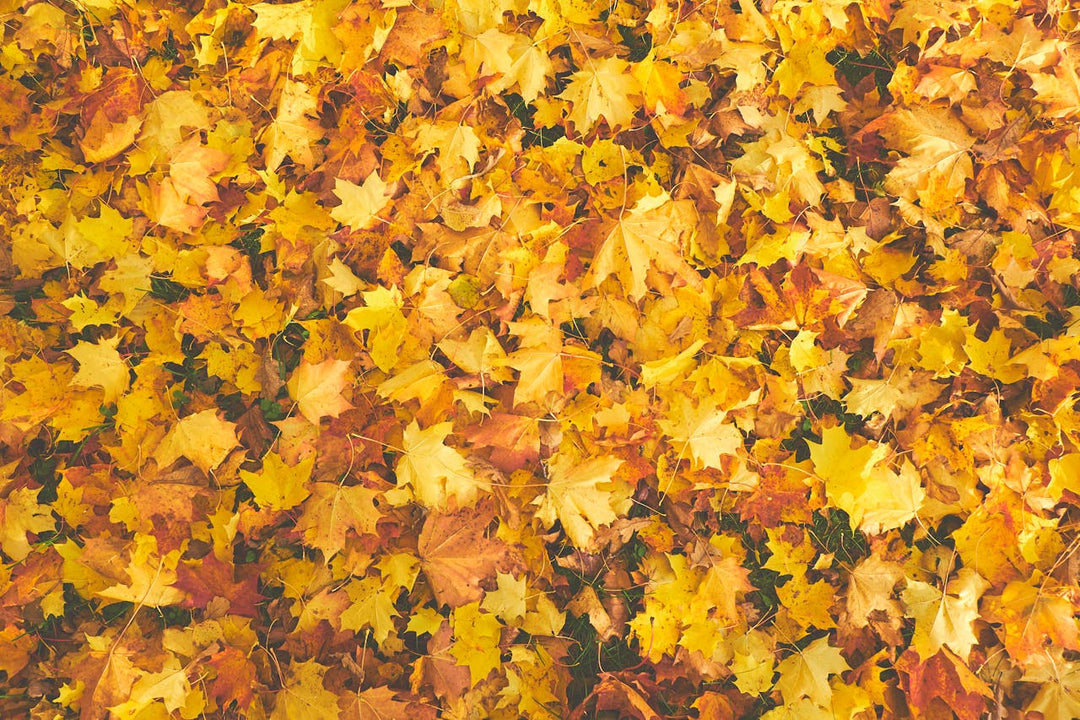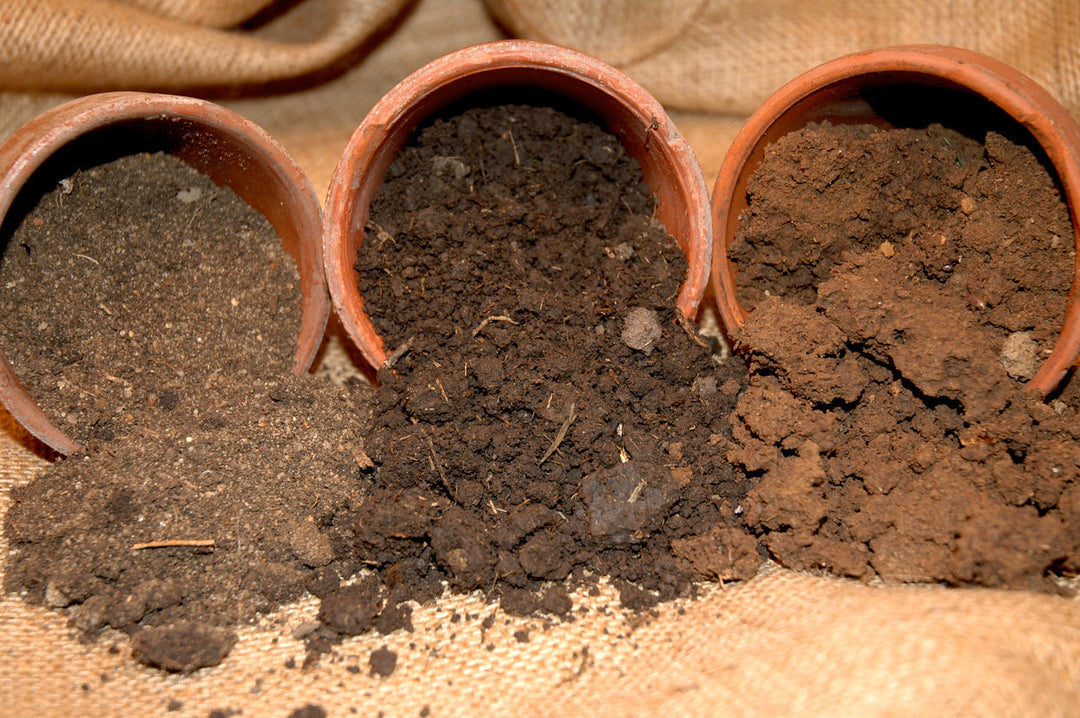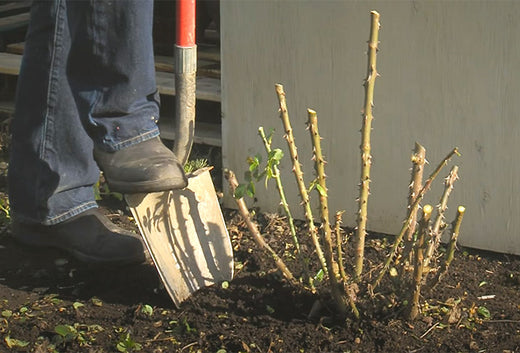Sedum: A Variety for Every Garden
Sedum is a delightful, low-growing plant that is hardy and low-maintenance for gardeners in zones 3-10. Also called Stonecrop, Sedum comes in three different varieties: tall border, trailing, and creeping ground cover. No matter which one you choose, its beautiful foliage and tiny flowers will bring a cheery note to the garden while keeping weeds at bay.
Sedum has incredible diversity in foliage shape including needle-like leaves, paddle-like leaves, or tiny lacinated leaves. It can be grown outside in the garden beds, in a rock garden, as a pathway cover, or tucked in among the roses. Some varieties thrive inside as house plants too, such as Burro’s Tail.
Hardy and Heat-Loving
This heat-loving perennial is easy to grow in nearly every zone if planted in full sun. Once planted, the creeping variety will sink down roots wherever it can connect with soil and then send out trailing or reaching growth until it can connect with another bit of soil. Constantly on the move, the creeping varieties will fill a garden space as it brings pollinators to the garden. Upright varieties work best in a border as they grow up to 12-20” tall and tend to stay in clumps of growth which can be divided and replanted in subsequent seasons.
Planting and Care
Sedum likes it hot! Plant in full sun and you will be rewarded with brighter and fuller foliage. If you are noticing your plant becoming leggy, she likely is not receiving enough sunlight. To plant this perennial, dig a hole twice as wide as the pot, add the plant and tamp the soil down around it. Creeping varieties can be planted closer together, but upright varieties need at least 12” between each plant to make space for their mounding habit. Sedum have very shallow root systems, so this is a great choice for pots! Keep the soil moist for the first few weeks until the plant is established, then water as needed. A relative of succulents, Sedum needs very little water once established as she will store up reserves in leaves until the plant is in need.
There is also no need to fertilize Sedum as too much fertilizer can decrease flower production. If the soil needs to be amended, add a generous amount of compost to the soil as a top dressing or at the time of planting.
Sedum do not need annual pruning but creeping varieties can be cleaned up by removing dead foliage in spring. In colder zones upright varieties may die back in winter and appreciate a little bit of mulch to help protect them through the freezing temperatures.
Divide Sedum in the early spring or fall by digging up the plant and dividing into segments of at least 4” that include foliage and roots. Replant as you would a new plant.
Our favorites for us this season are: Baby Tears, Japanese Stonecrop, and Creeping Jenny. All three of these varieties are Creeping Sedum.





